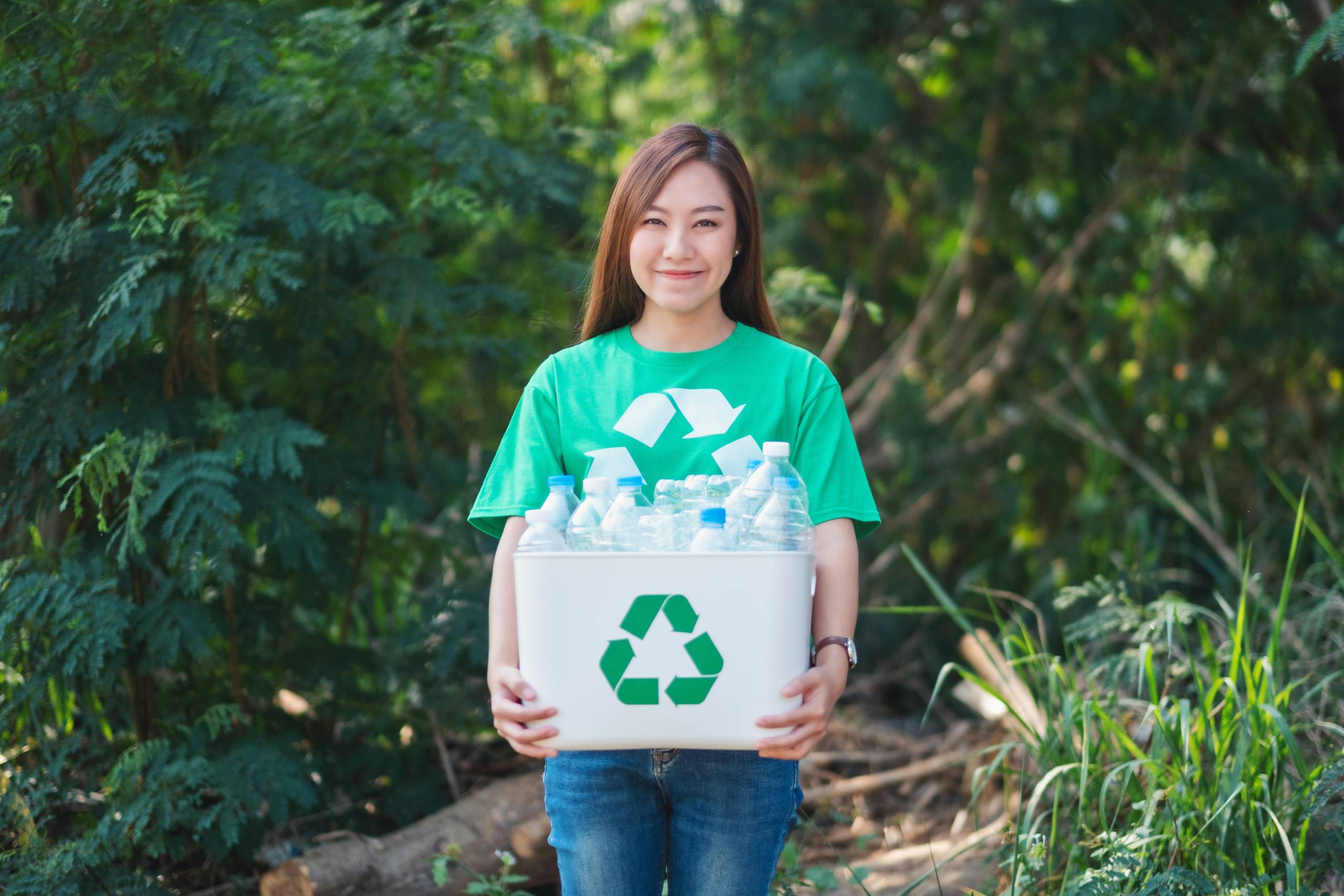
This article is included in these additional categories:
U.S. Plastics Pact Strategic Plan to Revolutionize Plastic Packaging
The U.S. Plastics Pact has introduced its latest strategic framework, Roadmap 2.0, aimed at reshaping how companies design, utilize, and repurpose plastics in packaging. This new actionable plan is focused on fostering a circular economy by ensuring that plastic packaging is reused, recycled, composted, and retained within the economy rather than becoming waste. Roadmap 2.0 builds on the foundations laid by the initial Roadmap to 2025, advancing its targets to tackle plastic waste and drive comprehensive changes across the plastics value chain.
Significant Achievements in Reducing Plastic Waste
The initial Roadmap to 2025 set a bold precedent, catalyzing action amid the absence of a cohesive federal strategy on plastic waste. Over the past four years, the U.S. Plastics Pact has made notable strides towards plastics circularity. One of the key achievements was the reduction of problematic materials, achieved by decreasing the presence of unnecessary or troublesome plastics from 14% to 8%. Additionally, the proportion of plastic packaging that is reusable, recyclable, or compostable saw an increase from 37% to 47.7%.
The Pact also reported progress in the use of post-consumer recycled or responsibly sourced biobased content in packaging, growing from 7% to 9.4%. Membership in the Pact expanded significantly, growing from 62 to over 130 committed Activators. Furthermore, essential resources like the PCR (post-consumer resin) Procurement Toolkit, PCR Certification Principles, and the forthcoming Design for Circularity Playbooks, set to be published in the summer of 2024, were introduced to support these efforts.
New Ambitions in Roadmap 2.0
As the landscape of plastic use and waste management evolves, Roadmap 2.0 seeks to push the boundaries further, carrying forward unfulfilled targets from the original plan and setting new objectives based on the collective experience of its Activators. A critical new focus is on reuse innovations. By prioritizing reuse, such as implementing returnable cup systems at events, the Pact aims to substantially reduce reliance on single-use plastics.
Design for circularity remains a cornerstone, with a goal that all plastic packaging be created to be reusable, recyclable, or compostable. By 2030, the Pact plans to eliminate all items listed in the expanded Problematic & Unnecessary Materials List and reduce virgin plastic use by 30%, thereby ensuring that only essential plastics are produced and used sustainably.
Effective recycling is another pivotal goal, with a target to recycle 50% of plastic packaging and build the necessary infrastructure to support this effort at scale. Concurrently, plastic packaging will aim to average 30% post-consumer recycled or responsibly sourced biobased content.
The roadmap also acknowledges the broader health and community impacts of plastic production and use, aiming to address social disparities linked to these issues.
Collaborative Efforts and Future Outlook
The U.S. Plastics Pact continues to collaborate within the Ellen MacArthur Foundation’s Plastics Pact Network and other global initiatives to align efforts and share best practices. Roadmap 2.0 underscores the necessity of cross-sector collaboration and innovation to achieve its ambitious objectives.
Slated to commence on January 1, 2026, Roadmap 2.0’s early release allows Activators ample time to align with its new goals. The U.S. Plastics Pact’s approach fosters a culture of trust, transparency, and cooperation, ensuring aligned and impactful efforts. By emphasizing sustainable design and the reduction of plastic waste, companies can play a significant role in advancing a circular economy.
- SEO Powered Content & PR Distribution. Get Amplified Today.
- PlatoData.Network Vertical Generative Ai. Empower Yourself. Access Here.
- PlatoAiStream. Web3 Intelligence. Knowledge Amplified. Access Here.
- PlatoESG. Carbon, CleanTech, Energy, Environment, Solar, Waste Management. Access Here.
- PlatoHealth. Biotech and Clinical Trials Intelligence. Access Here.
- Source: https://www.environmentenergyleader.com/2024/06/u-s-plastics-pacts-roadmap-2-0-sets-ambitious-goals-for-turning-plastic-waste-into-resources/
